VITA Embedded Tech Trends Returns
After a year off due to pandemic disruption, VITA’s open standards event returned to share the latest developments in embedded computing, high-performance interconnects, and standards that impact application development.
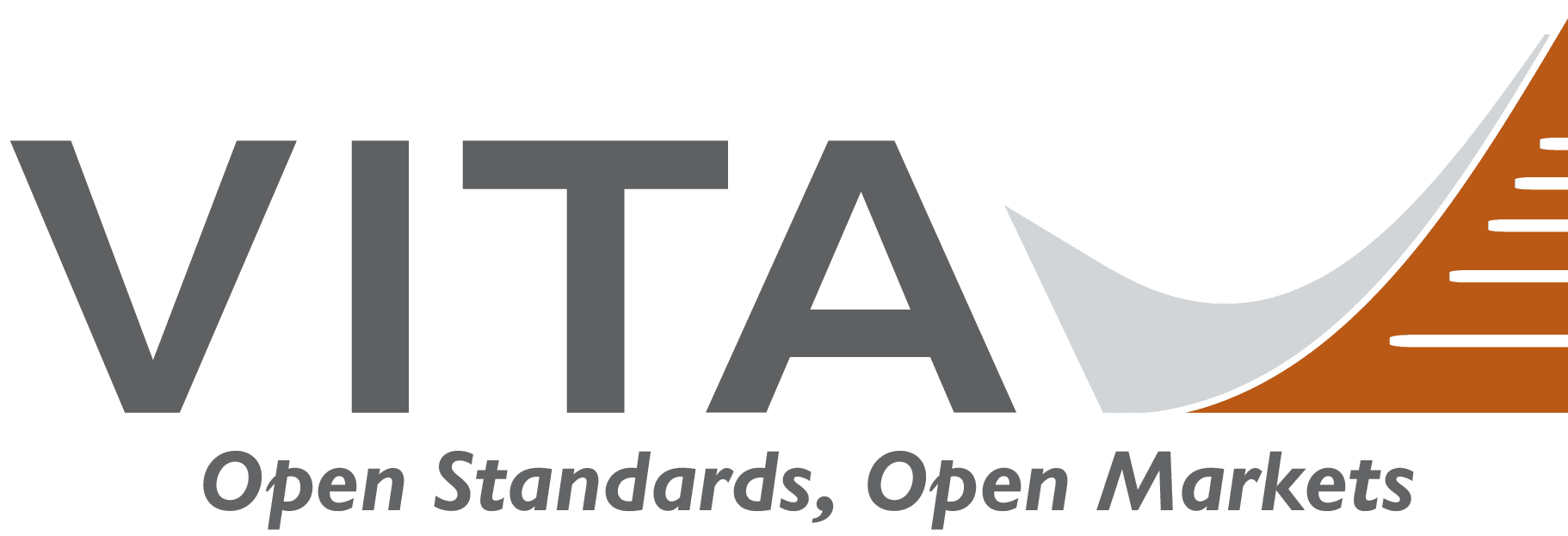
Although 2022 marked the 40th anniversary of the VITA trade organization, the ongoing COVID-19 pandemic forced the cancellation of its celebration and annual Embedded Tech Trends forum. This year, VITA was able to get back on track with the recent event held January 23-24 in Chandler, Arizona.
The VMEbus International Trade Association (VITA) has a long history of championing development of open standards and promotion of the embedded computing industry. Broadly adopted standards include VME bus, FMC+ (VITA 57.1), XMC (VITA 42), and Space VPX. These standards are undergoing a constant process of upgrading to support the rapid evolution of industry demands. VITA is fully accredited by the American National Standards Institute (ANSI) and many standards are jointly published.
Embedded computers are typically designed for a specific, software-controlled task. They are built for demanding environments, including industrial, automotive, avionic, and space applications where long-term reliability is an absolute requirement. This is an industry that loves acronyms which are used to define standards, programs, military agencies, and products. Suppliers in this segment have lived by the mantra of minimizing SWaP (size, weight, and power). More recently, cost has been added to this requirement.
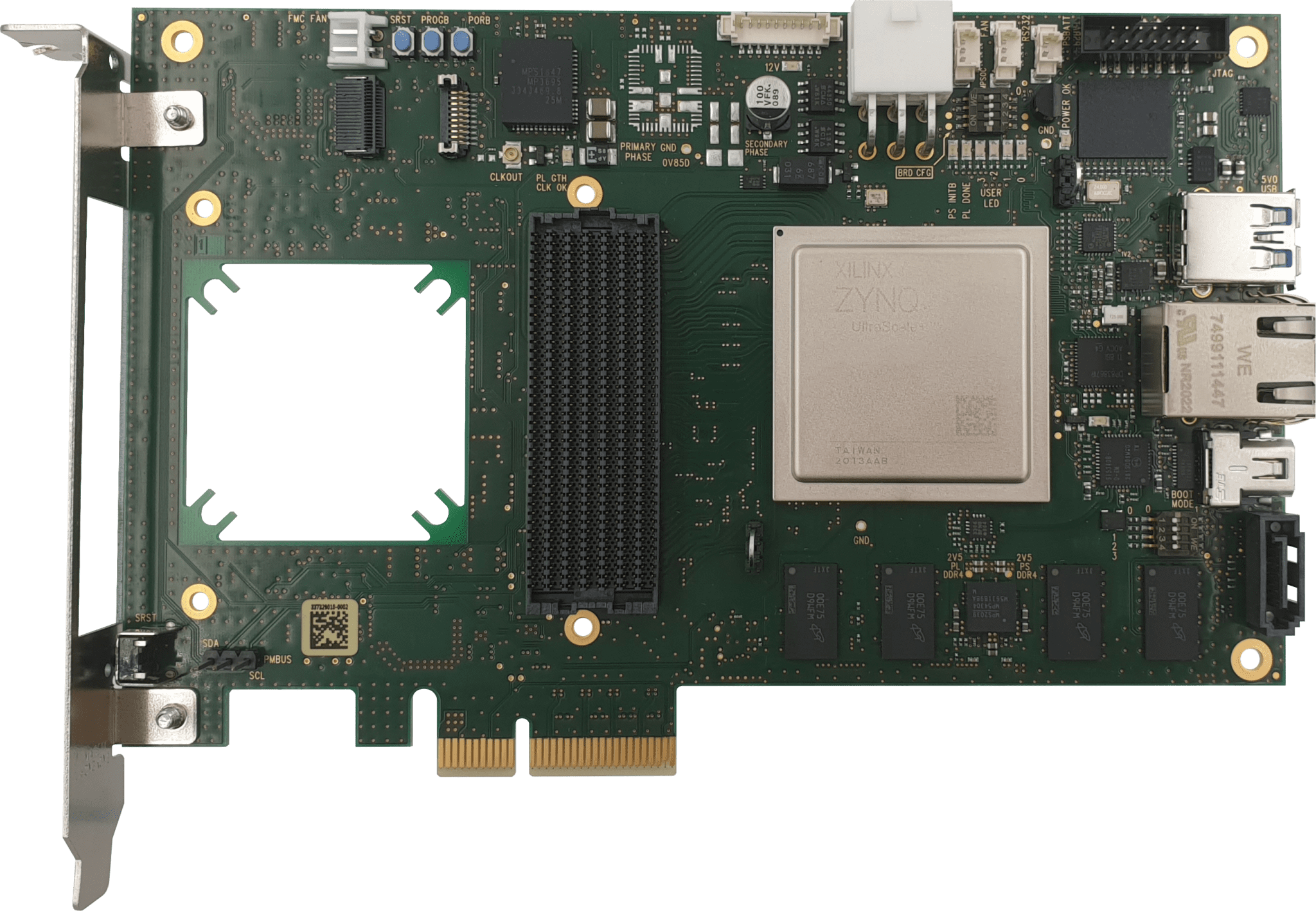
Many products in this category include single board computers that utilize mezzanine architecture defined by a VITA specification. One example is Techway’s Xilinx Zynq UltraScale+ MPSoC and FMC+ VITA 57.4 connector on the new PFP-ZU+ processing board.
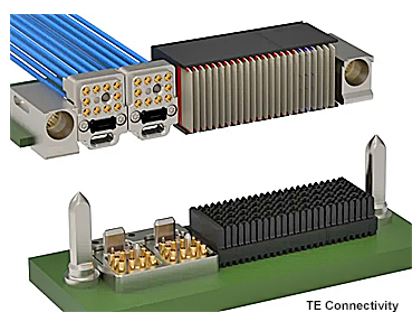
Ruggedized high-performance backplane connectors may incorporate high-speed signal, coaxial, fiber optic, and power distribution modules as well as robust guide pins.
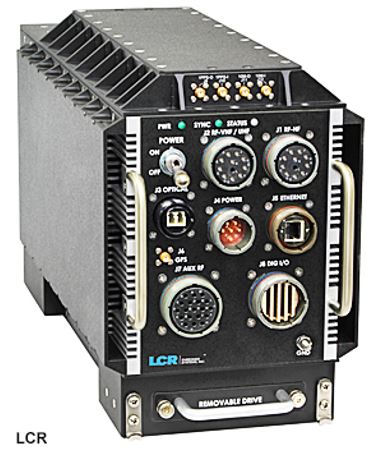
Embedded computer boards are often mounted in extremely rugged standardized enclosures defined by a VITA specification. The enclosure becomes an integral part of the thermal management strategy of the system and ranges from direct air conduction to liquid cooling. A variety of military grade circular and rectangular connectors provide the interface between the internal computer and the outside world.
As part of the VITA mission, Embedded Tech Trends brings leading suppliers of component, board, and systems level products together with selected media representatives to review the most current technologies, trends, and products related to the embedded computing market. This year’s edition featured 14 sponsoring companies and 13 members of the media.
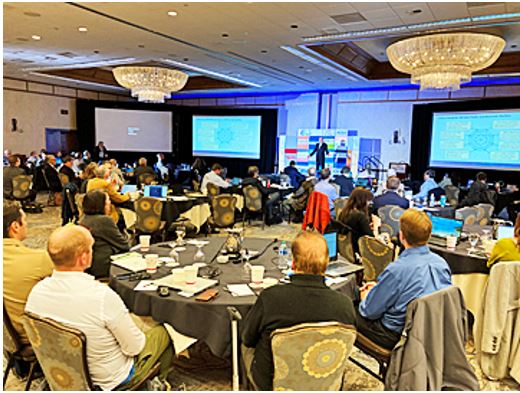
Formal presentations included such diverse topics as:
- Ruggedized form factor architecture
- High-performance I/O connectivity
- Optical communications at 10/25 Gb/s
- Advances in Space VPX
- Evolving industry technology roadmaps
- High-density rugged connectors
- Open VPX trends and updates
- Case studies of current applications
A number of trends were woven throughout the two days of presentations.
High-resolution/high-speed refresh video is enabling new applications in real-time military situational awareness. The objective is to provide field personnel access to the entire battlefield environment, including enemy resources. Systems must be sufficiently portable and survive extremely harsh environments.
Subminiature nano coaxial connectors are becoming an essential component in next-generation systems. Increased use of new 75-ohm coaxial contacts designed for 38999 I/O connectors along with cables utilizing advanced PTFE (Teflon) insulation is expected.
Reducing power consumption remains a key objective of all new system design. High-performance computing (HPC) is being integrated into more mobile and airborne applications but increasing power and resulting heat continue to pose serious design challenges. Some boxes may draw up to 2300 watts, prompting interest in liquid cooling solutions.
The majority of embedded computing applications today are based on relatively low data rates compared to those in commercial data centers. Many systems today operate at 25 Gb/s or 4X 10 Gb NRZ. The more recent VPX Gen 6 specification is designed around 32 Gb/s and Gen 7 is 50 Gb/s. This gap is beginning to close as advanced sensors are capable of collecting more data that requires near instantaneous processing, analysis, and display. New applications are using artificial intelligence and trained neural networks to provide object recognition capability.
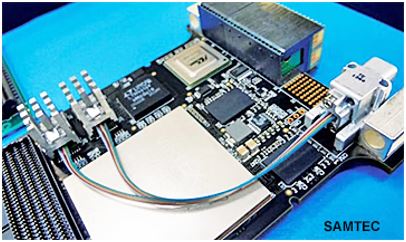
The use of optical interconnects both inside and outside of equipment is increasing with recognition of the limits of copper conductors in terms of bandwidth, security, and reach. Samtec FireFly™ optical engines have been used as a high-speed PCIe link between a field-programmable gate array (FPGA) and the I/O panel.
PCIe Gen 3 and 4 continue to be utilized extensively within multiple VITA specifications with adoption of PCIe Gen 5 and 6 to follow. The importance of compliance to industry standards has become even more critical as system complexity has increased, while design cycle times have declined. Adherence to standards assures interoperability among equipment in an industry where a few hundred units represents a large production order.
The cost to launch satellites into Earth orbit has plummeted over the past few years, from $450 million to $60 million today, boosting the market for space-related electronic equipment. Literally thousands of satellites are being launched every year with more on the way. Suppliers have moved from custom devices to a more low-risk design, build, and reuse model. System suppliers are leveraging their mil/aero expertise to design lower-cost, high-reliability computing systems designed for space environments. The result has been the growth of volume applications that far exceed traditional very low volume space-related equipment.
Two major topics of discussion at ETT 2023 were the Sensor Open Systems Architecture (SOSA) Consortium and the Modular Open Standard Architecture (MOSA). Both are directed toward the development of chassis platforms for military and rugged environment resistant electronic equipment. VITA is actively involved in the promotion and broad adoption of these specifications. SOSA is a tightly defined specification that features high performance and interoperability but includes many design restrictions. MOSA is less restrictive and is more focused on the ability to “just make it work.”
ETT 2023 also provided an opportunity for the media to meet Dean Holman, who was recently named the new president and executive director of VITA.
Embedded Tech Trends 2023 provided an excellent opportunity for the media to gain insight into the latest technology and product advances as well as how VITA is continuing to serve the embedded computer industry by providing continuously updated specifications and expanding its roster of industry standards.
See Bob Hult’s complete archives to learn more about recent electronic industry events as well as his Technology Trends series and other thought leadership on high-speed interconnects.
Like this article? Check out our other articles on Cable, Cable Assemblies, our Wire and Cable Assemblies Market Page, and our 2023 and 2022 Article Archive.
Subscribe to our weekly e-newsletters, follow us on LinkedIn, Twitter, and Facebook, and check out our eBook archives for more applicable, expert-informed connectivity content.
- Optics Outpace Copper at OFC 2024 - April 16, 2024
- Digital Lighting Enhances your Theatrical Experience - March 5, 2024
- DesignCon 2024 in Review - February 13, 2024







